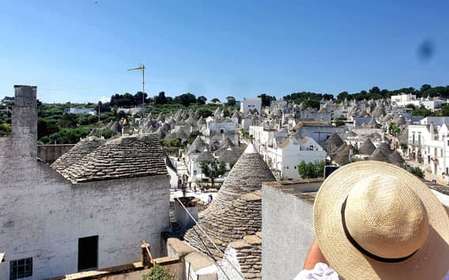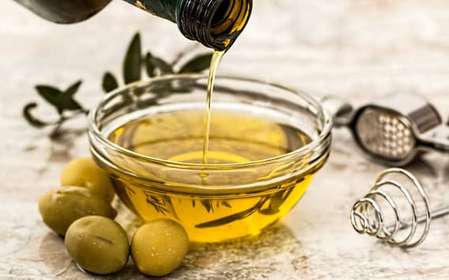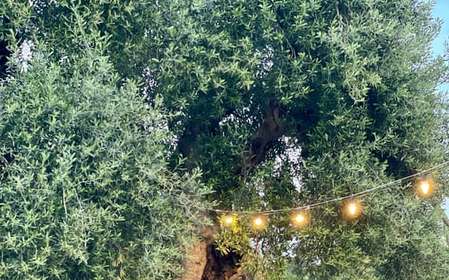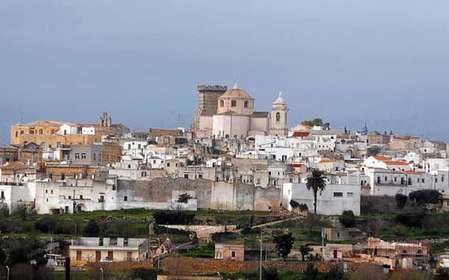- Home
- Useful Tips
- Brindisi wine region
The Brindisi wine region remains one of Puglia's best-kept secrets, yet travelers often miss its most authentic experiences. Over 60% of visitors to Puglia focus solely on well-known areas like Valle d'Itria, leaving Brindisi's centuries-old vineyards unexplored. This oversight means missing out on robust Negroamaro wines and intimate family-run cantinas where generations share winemaking traditions. The challenge lies in navigating an area where few signs point to the best producers, and language barriers can leave you sipping tourist-grade wines instead of the region's finest. With local knowledge, you could be tasting oak-aged Primitivo in a 17th-century masseria while others settle for crowded commercial tours. The difference between a generic wine outing and a truly memorable Brindisi experience comes down to knowing where to go, when to visit, and how to connect with passionate vintners.
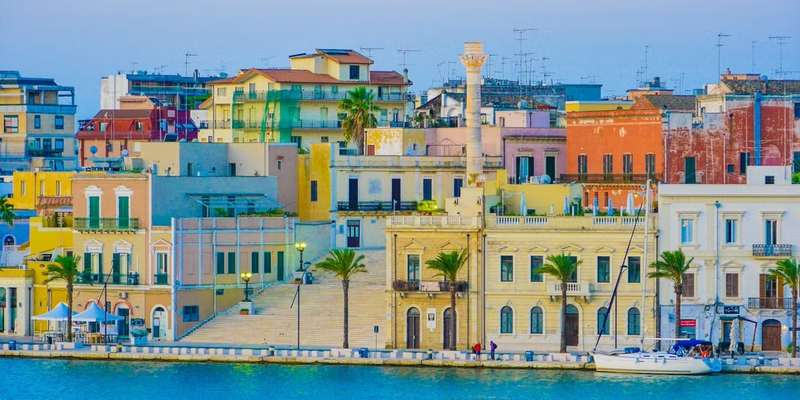

Avoiding tourist traps – how to identify authentic Brindisi wineries
The Brindisi countryside hides genuine wine experiences behind unassuming facades, while flashy signs often lead to mass-produced tastings. Authentic producers rarely advertise aggressively; look for small roadside cantinas with handwritten opening hours or ask at local enotecas for whispered recommendations. True Brindisi DOC wines will bear the distinctive blue label with the region's symbol – a mark absent from generic Puglia blends. Family-run operations typically require advance contact, sometimes just a phone call the day before, but reward visitors with barrel samples and stories no corporate tour can match. Late afternoons see fewer groups, allowing meaningful conversations with winemakers as they finish daily work. Remember that the best Negroamaro often comes from plots near the coast, where sea breezes temper the grapes' intensity – a detail only locals share freely.
Timing your visit for optimal tastings and vineyard access
Brindisi's wine calendar dictates when you'll experience true regional character versus standard tourist offerings. Harvest (late August to early October) brings vibrant energy but limits access as winemakers focus on production – book months ahead for this period. Shoulder seasons (May-June or September) offer golden opportunities: vines burst with new growth or heavy fruit, while wineries have time for unhurried tastings. Many estates close midday; plan arrivals before 11am or after 3pm to avoid disappointment. Sundays see limited operations except at larger producers, though these often lack the personal touch. For exclusive access, target weekdays when appointment-only gems like Tenute Rubino might accommodate curious visitors. Weather matters too – overcast days enhance red wine appreciation by mutifying harsh sunlight that alters perception of tannins and acidity.
Navigating Brindisi's wine roads without a tour group
The Strada del Vino Brindisi DOC weaves through olive groves and ancient farmland, yet lacks clear signage compared to Tuscany's regimented routes. Rent a car with GPS (preferably compact for narrow lanes) and download offline maps – cell service fades among vineyards. Key stops include the Torreviscardo area for bold reds and San Vito dei Normanni for emerging natural wine producers. Always carry cash; small wineries rarely accept cards for minimal tasting fees (often just €5-10 including local snacks). Pack a cooler in your trunk for purchases – daytime heat spoils delicate rosés within hours. For navigation help, the Brindisi tourist office provides paper maps highlighting lesser-known producers that avoid online listings entirely. Leave ample time between appointments; rural roads require slower travel than maps suggest, and getting lost often leads to charming impromptu discoveries.
Tasting like a pro – maximizing your Brindisi wine experience
Approach Brindisi wines on their own terms rather than comparing them to more famous Italian regions. Start with younger wines before moving to aged reserves – the high alcohol content (often 14.5%+) of Negroamaro can overwhelm palates if sampled out of sequence. Look for 'vigna' or 'cru' designations indicating single-vineyard selections showcasing terroir differences within small areas. Many wineries now offer 'vertical tastings' comparing multiple vintages – ideal for understanding how Brindisi reds develop over time. Don't overlook rosato (rosé) wines here; local Susumaniello grapes produce complex pink wines that pair perfectly with seafood lunches. Always ask about food pairings; winemakers might bring out aged pecorino or wild boar salumi to demonstrate perfect matches. For deeper learning, some estates like Cantine Due Palme offer blending workshops where you craft your own wine blend to take home – an unforgettable souvenir from Puglia's undiscovered wine heartland.
